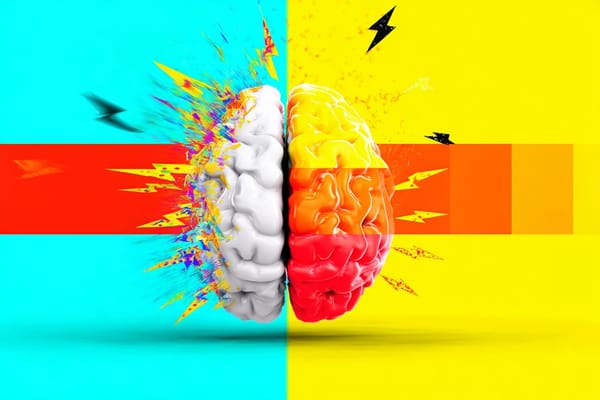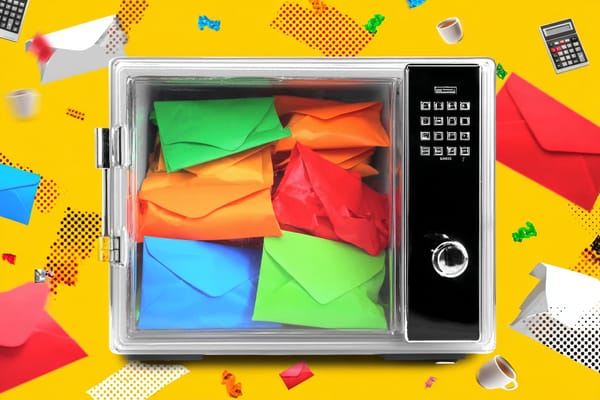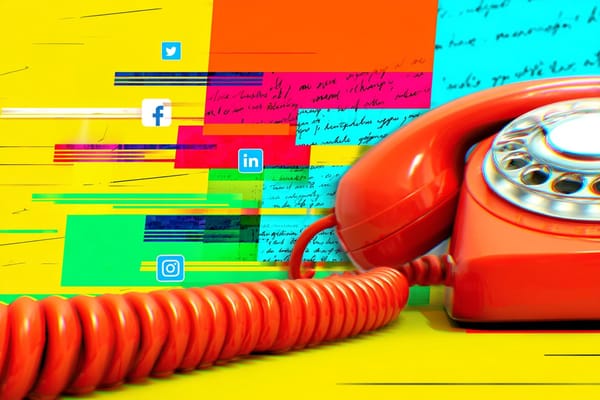Why Writers Should Care About AI Image Generation
There’s a good chance that AI art will impact your work.
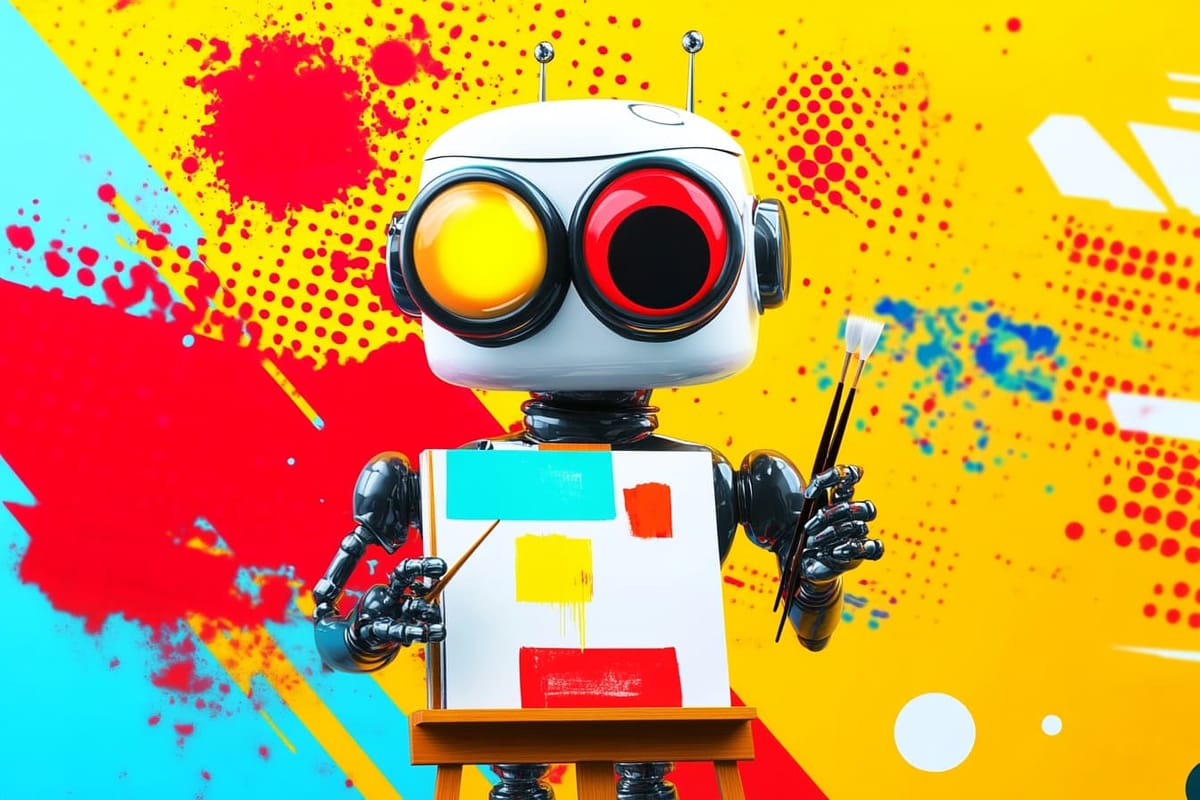
I’m old enough to remember the days when articles were just text. You’d share a link to a blog post or a news story and the preview would only display the title of the article and maybe a short description.
Then came the world of images. Suddenly my Facebook feed (at the time) was full of eye-catching photos. It became standard practice to inclue a “hero image” with every piece of writing published online. Brands that could afford it paid illustrators to create unique art. And the rest of us — with personal blogs or writing on Medium — would rely on stock photography.
Now we’ve entered a new era: AI-generated images and artwork.
You might think, “I’m a writer; why should I be concerned with AI art? I have enough to worry about with AI writing tools.”
But it’s going to matter, more and more. And better to be prepared than to be left behind.
Unique artwork will make your posts stand out
Many readers browse sites like Medium, looking for interesting posts to read. It’s always been necessary to write a clear / catchy headline — not clickbait, but a enough intrigue that a reader will click.
Yet the sea of articles has always been accompanied by a sea of semi-relevant generic Unsplash images. I’ve seen the same pictures of desks, mountains, and coffee shops used over and over. Very few people created any type of unique image. And who can blame them? It often wasn’t worth the effort.
That has changed with the rise of tools like DALL-E 2, Midjourney, Stable Diffusion and others. Anyone can create unique artwork in seconds, using nothing more than a text prompt. Even Canva has added the ability to create AI images.
As writers, we’re always fighting for the attention of readers. AI artwork will give your posts that little extra “oomph” that might catch their attention.
Learn to prompt an AI tool
AI-generated images are all about prompting, and there are some nuances to getting the output you’re looking for.
Prompts are nothing more than a text description that the AI tool will use to generate images. The more descriptive you are, the better your results.

My first experiences with AI-generated images were unimaginative. I didn’t know what I was doing or how to guide the tool when I didn’t like the results. I’ve learned now to use adjectives (“a sad clock” “an exciting path”), colors (“a blue room” “black and white”) and other descriptors (“with lots of light”) to nudge the AI in the direction I want.
If you write for clients, you might get to a point where you could offer AI-generated images as an add-on service. I’ve already had a client ask if I will submit images with blog posts I write — and the client meant stock photos. I declined for now because I didn’t feel ready, but it got my wheels spinning. As I continue to improve my prompting technique, I could create brand-specific AI artwork for clients.
As an added bonus: the prompt you use can also guide the Alt Text for your image on a website.
Choose a specific style
When I first began creating AI images for Medium and my Substack, I didn’t think much about the style. The results? Some really cool images that also lacked a cohesive look. Some were very realistic, others were digital art, and others looked like a painting.
With my blog, I began to prompt using the word “watercolor.” I loved the output.

I decided that each of my publication platforms should have a specific style. For Medium, I chose “pop art.”
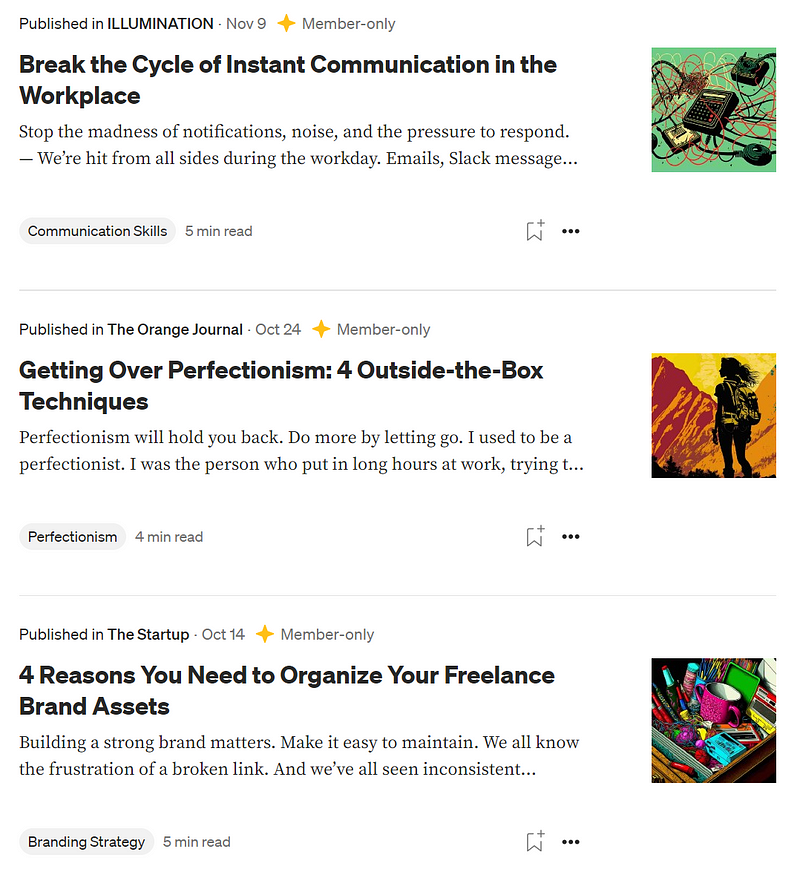
I use Midjourney and someone has created an entire style guide of keywords and examples. I played around with several different styles and prompts before settling on the look I wanted.
Writers often pride themselves on their unique voice. The accompanying artwork can be part of that voice, further differentiating you from other writers on the internet.
Update your old posts…?
If you move forward with AI-generated images for your posts, an obvious question will arise: what should you do about old posts?
I have 175 articles on Medium and more than 400 on my blog. So it would be no small task to create AI-generated artwork and update every post.
But I’ve decided that, for my brand, it’s something I’d like to undertake. Whenever I include an internal link in my posts, I make sure that the corresponding article has an updated image. Then, when I’m vegging out, watching Netflix in the evening, I’ll work on updating a few posts since the work is not too brain-intensive.
I’m also storing all of my images in my Google drive. I never bothered doing this with my generic hero images because they weren’t worth saving. But, in this case, as something that I “own” (as much as AI-generated art can be owned), I feel like I should maintain a copy.
If you do the same, you should use an app like Squoosh to compress the size of the image, so they don’t take up too much space. And if you’re hosting your own website, you’ll definitely want to compress so you don’t impact the website’s performance.
AI artwork can unleash creativity
I’ve always considered myself an artistic soul without any particular artistic talent. I tried teaching myself to paint a few years ago, but have lacked the time to really learn the technique and hone the craft.
AI art has given me the creative voice I’ve longed for. I spend time thinking about the image that will best accompany my words — and then creating such an image only takes seconds.
It has become an enjoyable end to publishing a new article, rather than the sigh and obligatory task of finding a generic photo.
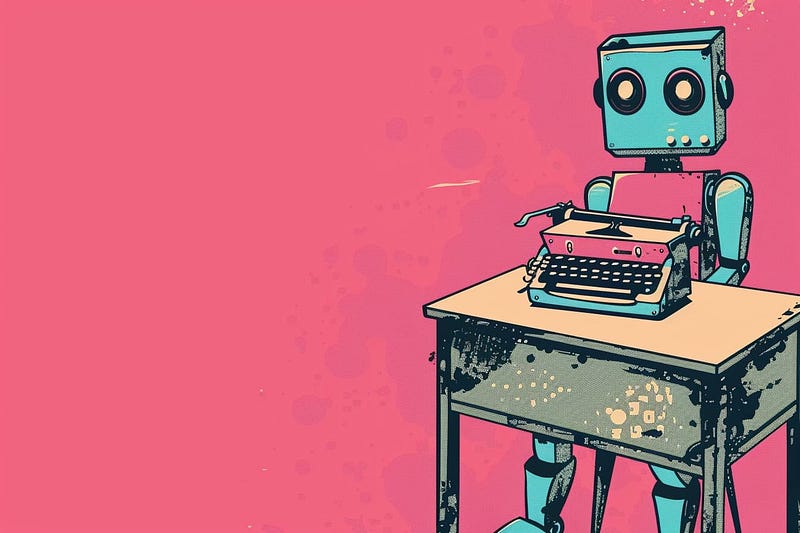
Check out my free eBook: 17 Smart Tools Solopreneurs Need to Start, Grow, and Scale.



